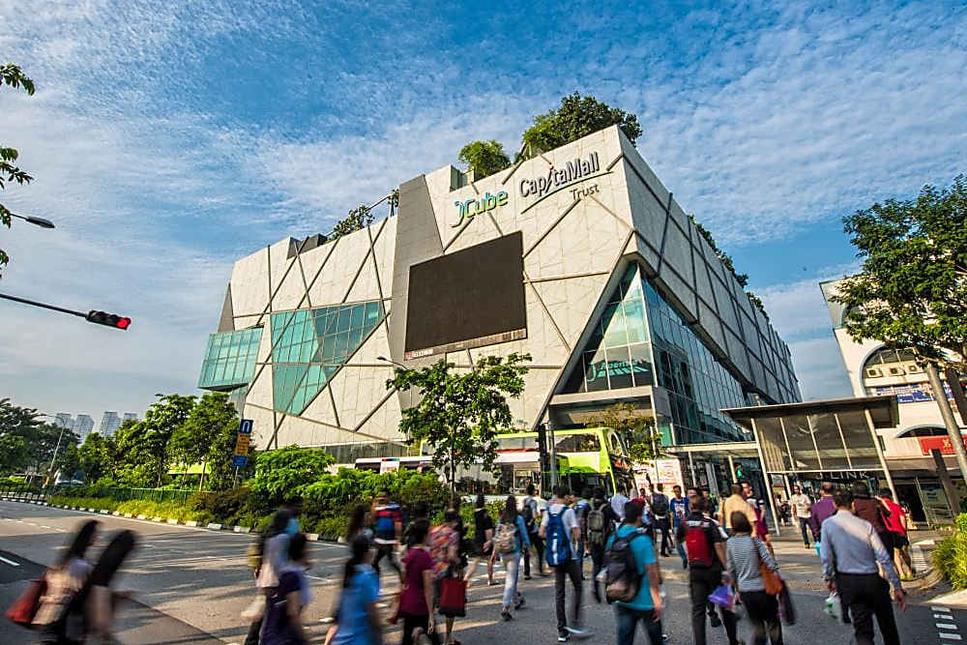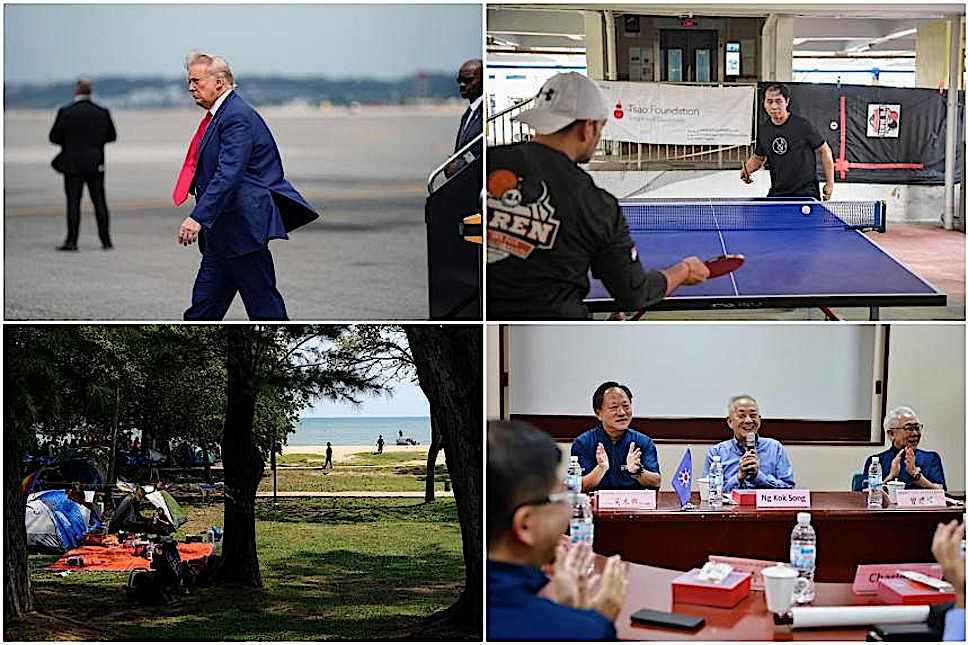HDB housing – wider rental options may work better for some than home ownership
It’s time to take the stigma out of renting as some singles and seniors may find rent-to-own models and long-term secure rentals more practical.

National Development Minister Desmond Lee’s recent comments about singles’ need for housing, and the openness to consider more flexible ownership options, bode well for the direction for public housing in future.
Speaking at a Forward Singapore conversation on housing for singles and second-time home buyers, Mr Lee said that the series of conversations had reached 16,000 Singaporeans from all walks of life, who had given their views on their housing needs and aspirations. Summing up these conversations, he said: “While home ownership aspirations were strong, some singles told us they may wish to rent for a start. Sometimes for flexibility, sometimes because of financial reasons. So, some ideas that participants have tossed up include some variant of ‘rent-to-own’ models, as well as the possibility of buying flats sold with shorter leases.”
His remarks suggest the Government is open to considering hybrid housing options such as allowing people to rent-to-own, which would blur the line between renting and owning. This can be a game changer for public housing. It would not only offer Singaporeans more flexible options for housing, but also go some way towards destigmatising renting Housing Board flats. It can even help Singapore shift away from an overly asset-based view of housing.
What a rent-to-own model can look like
In America, rent-to-own options began as something called “contracts for deed”, which were developed for low-income people of colour who could not get traditional bank loans for homes. A company buys the properties, which the buyer then leases for a set period, such as three to five years. Part of the rental goes into an account to pay for the property. After the lease period, the buyer gets a conventional loan and buys over the house. This option helps those with low incomes save for the property over several years.
In Australia, a property start-up called OwnHome allows people to choose a home they want, which OwnHome buys for them. The resident enters into a lease agreement and pays a rental that is above market value, with about one-third going to pay for a stake in the home. After the lease period of three to seven years, the resident can buy the house over, at a price based on an increase in value of 3.8 per cent per year. They benefit if the property’s value has gone up by more than 3.8 per cent a year, and lose if it has dropped below that threshold, which may affect the loan amount they can get. However, if they choose not to buy, they lose the money that had gone into a stake in the house.
Another financing model is “build to rent to buy”, for new homes. Residents pay an option fee to buy an apartment before it is constructed, and then pay rent on it for five years when it is ready. After this lease period, they can buy over the property, at the agreed purchase price, which insulates buyers from market fluctuations during the rental period. Alternatively, they can exit the lease agreement and not buy the apartment. This is the model used by Assemble Communities in the state of Victoria in Australia.
A rent-to-own model can extend the range of housing options in Singapore, permitting couples, singles and those who struggle to save enough for a down payment, to rent first. Making renting a viable, attractive option for families will help remove the current stigma around HDB rental housing, which is now designed for the low-income and the elderly without family support.
Beyond upgrading to building community
HDB policies now prioritise and promote home ownership, and the official policy is to help HDB rental flat tenants move from renting to owning their homes.
This has inadvertently led to some seeing HDB rental flat tenants primarily as poor, needy and dependent on state welfare. HDB rental flats are generally smaller, viewed as stepping stones on the way to a purchased flat, not valued as permanent homes. Because they are so small, overcrowding is common, when occupied by families with children. At the same time, such HDB flat tenants also have access to many generous subsidies to help them buy flats, and their children receive education support.
The Forward Singapore series of conversations on housing provides a good opportunity for Singaporeans to reframe housing, through a less polarising lens.
The prevailing narrative on housing is centred on two key tenets: home ownership which encourages every Singaporean to own their own home; and upgrading, so that people move from smaller to bigger HDB flats, and on to private property.
Instead of seeing housing as a ladder of aspirations to help us increase our wealth, we can focus more on building long-term communities, with families living in the same estate through their life cycle.

In this scenario, couples who buy a Build-To-Order (BTO) flat raise their children in the same estate, building neighbourhood ties that last decades. Housing policies can encourage this by extending the minimum occupation period, which is now five years for most flats. Housing subsidies for those buying their second HDB flat can be tiered to discourage flat owners from selling their first flat too early. HDB’s offer of some flats with flexible layouts is a move in the right direction, to allow families to remodel their homes through their life cycles – from being a married, childless couple, to raising children, and then as empty nesters.
So instead of praising the couple smart enough to “flip” their BTO flat for profit after five years, we should be celebrating the families who stay put, sink roots in their HDB estates, and turn a neighbourhood into a warm community.
As for home ownership, this should remain a key tenet of Singapore life. But there can be room for flexible options that let more Singaporeans rent HDB flats, or buy them on shorter leases.
This requires us to shift from espousing home ownership as the ultimate dream of all Singaporeans in all phases of their life, to prioritising the concept of housing security throughout one’s life cycle. People want to live in affordable, good quality homes, in neighbourhoods with strong community ties, that offer them security of tenure. Home ownership offers all these, by anchoring communities and offering stable tenures (so long as mortgages are paid). But secure rental options can also offer the same benefits if well designed, and if the leases are secure over the mid to long term, at rates that remain affordable.
For example, seniors can now buy two-room flexi flats on short-term leases of as little as 15 years. But they need to fork out a lump sum for the flats upfront, as they would find it hard, if not impossible, to get a loan given their age and the restrictions on the flat.
Now imagine an alternative: Elderly HDB flat owners can sell their family home, and use the proceeds to rent a smaller HDB apartment for a fixed term that covers them for the rest of their lives. This would free up money for their retirement, while giving them secure housing for the rest of their lives, without the need to own their last home. If they sell their five-room flat and enter into a long-term agreement to rent a three-room flat in the same estate, they would be able to continue living in the same community, which maintains neighbourhood ties. This would also free up the larger flat for younger families with children who need the space, which promotes estate rejuvenation.
Such a scheme requires the state to buy ageing, smaller HDB flats to be leased to Singaporeans on secure long-term leases. Unlike the current Lease Buyback Scheme however, where the state buys back the tail end of a flat’s lease as the owners continue to live in it, a long-term secure rental encourages elderly flat owners to right-size from their large flats, to move to smaller ones.
The current HDB rental flat scheme should also be relooked, so that families are offered larger flats, at affordable rates, for the long term. The key should be to provide families with secure housing for the long term, through their economic ups and downs, not make renting so uncomfortable that they need to buy a flat to feel secure. Stable housing, whether rented or owned, is good for breadwinners to keep their jobs, and, most of all, it helps children improve their chances of doing well in school. Making renting a viable option means that we do not penalise those who struggle to own and are forced to rent.
Worldwide, it is well known that Generation Z workers prefer an asset-light lifestyle, and feel less need to own a home or car. They are satisfied with co-living and car- or house-sharing. Such desires can be harnessed to revolutionise public housing by developing rental options that can also meet the needs of the growing pool of elderly HDB owners.
Join ST's Telegram channel and get the latest breaking news delivered to you.








No comments:
Post a Comment